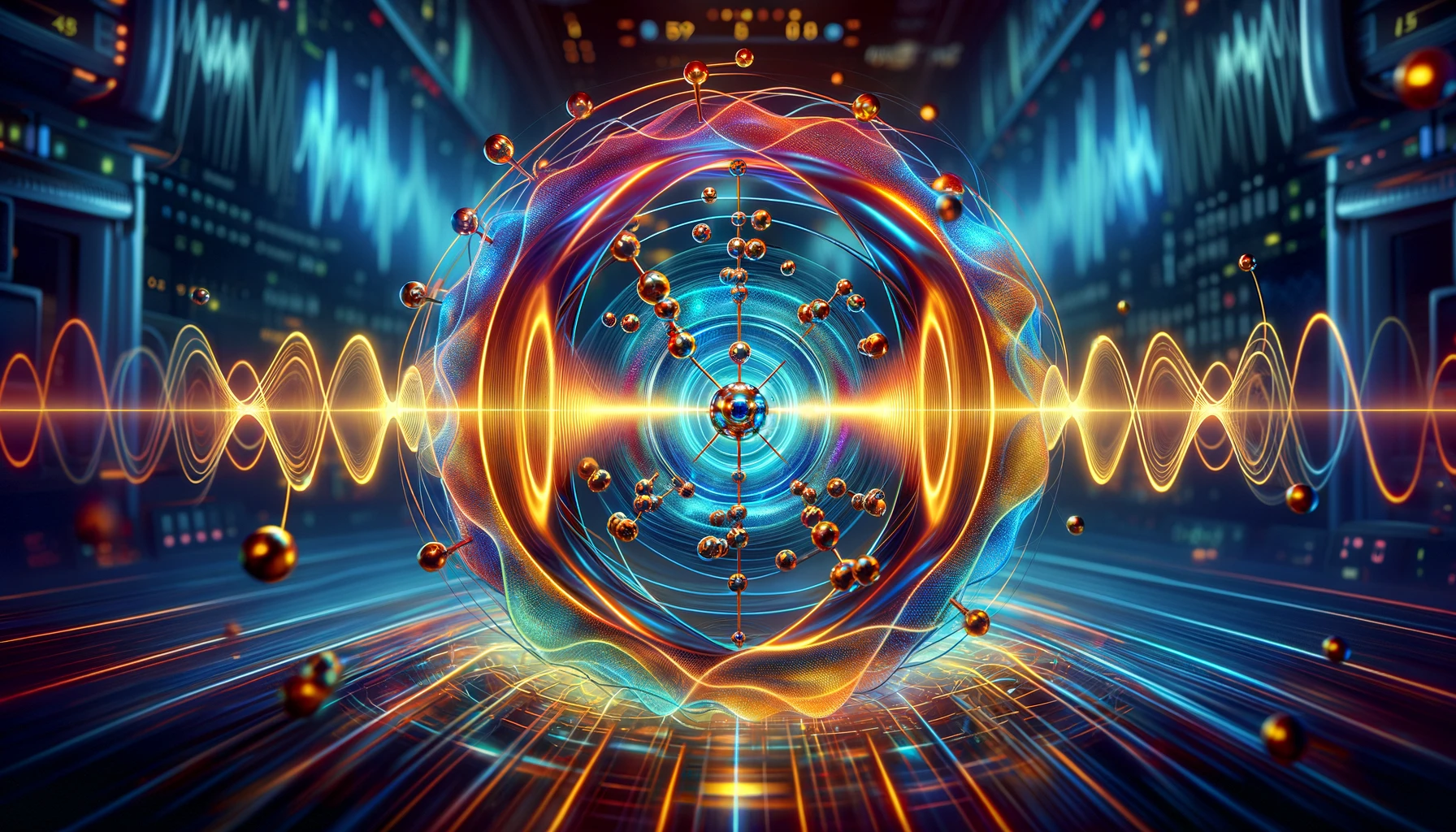 Maths, Physics & Chemistry
Maths, Physics & Chemistry
A resonance triggers chemical reactions between the coldest molecules
The rich energy structure of ultracold molecules (at -459 °F or -273 °C), gives rise to collisional dynamics where the state-of-the-art models are inadequate for describing collisional resonances. We have discovered a pronounced magnetically tuned resonance in collisions between two NaLi molecules, which enhances the chemical reaction rate by more than a factor of a hundred.

Macroscopically, chemical reactions seem like a magical process in which reactant particles jump into the state of the final product. However, in a microscopic view, there exists an intermediate step where the reactant particles collide and form a collisional complex which can be represented as a single bound state. Feshbach resonance, a type of magnetically tuned collisional resonance, occurs when the energy of the collisional complex is equal to the energy of the two colliding particles. It can immensely change interactions between the reactant particles from weak to strong and/or repulsive to attractive. Since its first observation in sodium atoms (Na) near absolute zero temperature in 1998, Feshbach resonance has become an essential tool in ultracold atomic experiments. As a result of collective efforts to create and manipulate ultracold molecules, Feshbach resonances were recently observed in the two systems of ultracold atom and properly bound molecule mixtures (Na + NaK in 2018 and Na + NaLi in 2021). It has been shown that these atom-molecule collisions with low reactivity can have a much faster chemical reaction through Feshbach resonance. The chemical reaction rate in Na + NaLi has been reported to be enhanced by more than a factor of 10 at a certain magnetic field.
Original Article:
Park, J. J., Lu, Y. K., Jamison, A. O., Tscherbul, T. v., & Ketterle, W. (2023). A Feshbach resonance in collisions between triplet ground-state molecules. Nature, 614(7946), 54–58. https://doi.org/10.1038/s41586-022-05635-8Next read: Animal magnetism: how magnetic fields can influence chemistry in living cells by Jonathan R. Woodward , Noboru Ikeya
Edited by:
Dr. Margaux Héritier , Senior Scientific Editor
We thought you might like
More from Maths, Physics & Chemistry
Testing gravity through the distortion of time
Sep 20, 2024 in Maths, Physics & Chemistry | 3 min read by Sveva CastelloStacking molecular chips in multiple dimensions
Aug 30, 2024 in Maths, Physics & Chemistry | 3 min read by Lucía Gallego , Romain Jamagne , Michel RickhausReversible Anticoagulants: Inspired by Nature, Designed for Safety
Jun 12, 2024 in Maths, Physics & Chemistry | 4 min read by Millicent Dockerill , Nicolas WinssingerDistance-preserving moves always keep a point fixed
May 18, 2024 in Maths, Physics & Chemistry | 4 min read by Shaula FiorelliNatural products might just be our best weapon against antibiotic resistance
Apr 3, 2024 in Maths, Physics & Chemistry | 3.5 min read by Olivier Kirchhoffer , Jahn Nitschke , Jean-Luc WolfenderEditor's picks
Trending now
Popular topics


